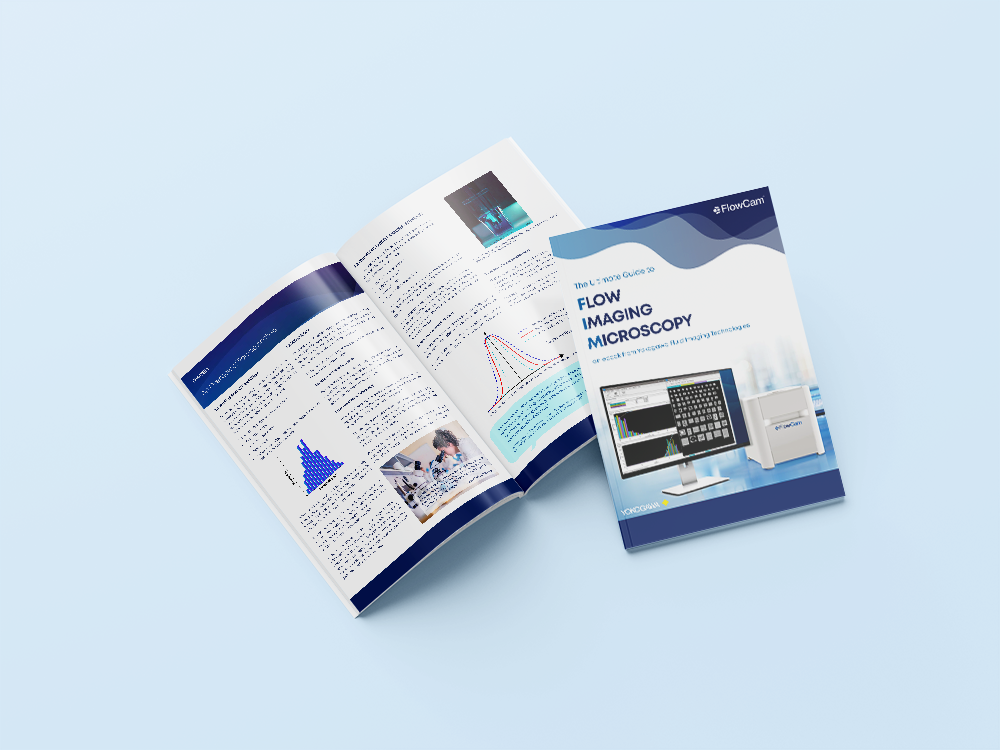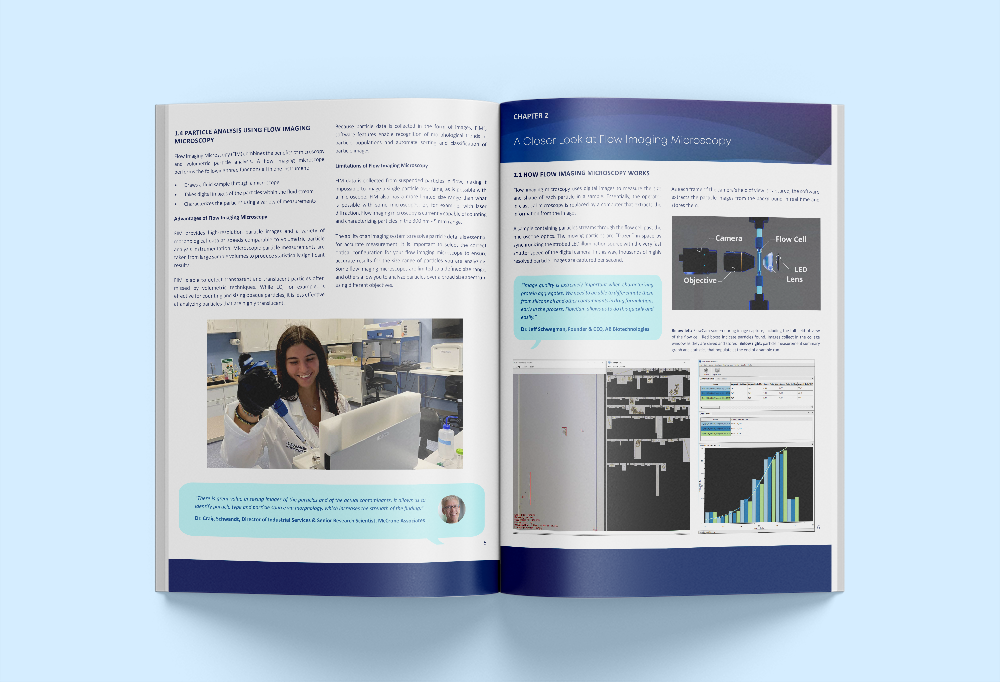What is Particle Analysis?
Particle analysis involves taking a sample of a substance and analyzing the individual particles the sample is composed of.
The first form of particle analysis was introduced in the seventeenth century with the invention of the microscope. This groundbreaking discovery enabled researchers to observe for the first time particles and organisms that were previously invisible to the naked eye.

Image Credit: Yokogawa Fluid Imaging Technologies, Inc.
Nowadays manual microscopy is still widely used. However, the high-demand for rapid processing of particle data has led to the development of different techniques such as volumetric particle analysis.
This technique allows for faster particle analysis but, since all particles are assumed to be of spherical shape, it is only possible to measure the volume of the particle but not its actual shape.

 Download the Free eBook
Download the Free eBook
Particle Analysis Using Flow Imaging Microscopy
Flow Imaging Microscopy (FIM) offers an advancement for particle analysis as it combines the benefits of both traditional microscopy and volumetric techniques. Namely, it delivers high-resolution particle images and supplies a wide range of morphological data at speeds comparable to volumetric particle analysis.
A flow imaging microscope can perform the following three functions in just a single instrument:
- Draws a fluid sample through a microscope
- Captures digital images of the particles within the fluid stream
- Characterizes the particles using a diverse range of measurements

Image Credit: Yokogawa Fluid Imaging Technologies, Inc.
In this eBook we provide:
- An overview of particle analysis
- What FIM is
- How FIM works
- FIM advantages and limitations
- How FIM is applied across a wide range of sectors

 Download the Free eBook Now
Download the Free eBook Now

This information has been sourced, reviewed, and adapted from materials provided by Yokogawa Fluid Imaging Technologies, Inc.
For more information on this source, please visit Yokogawa Fluid Imaging Technologies.